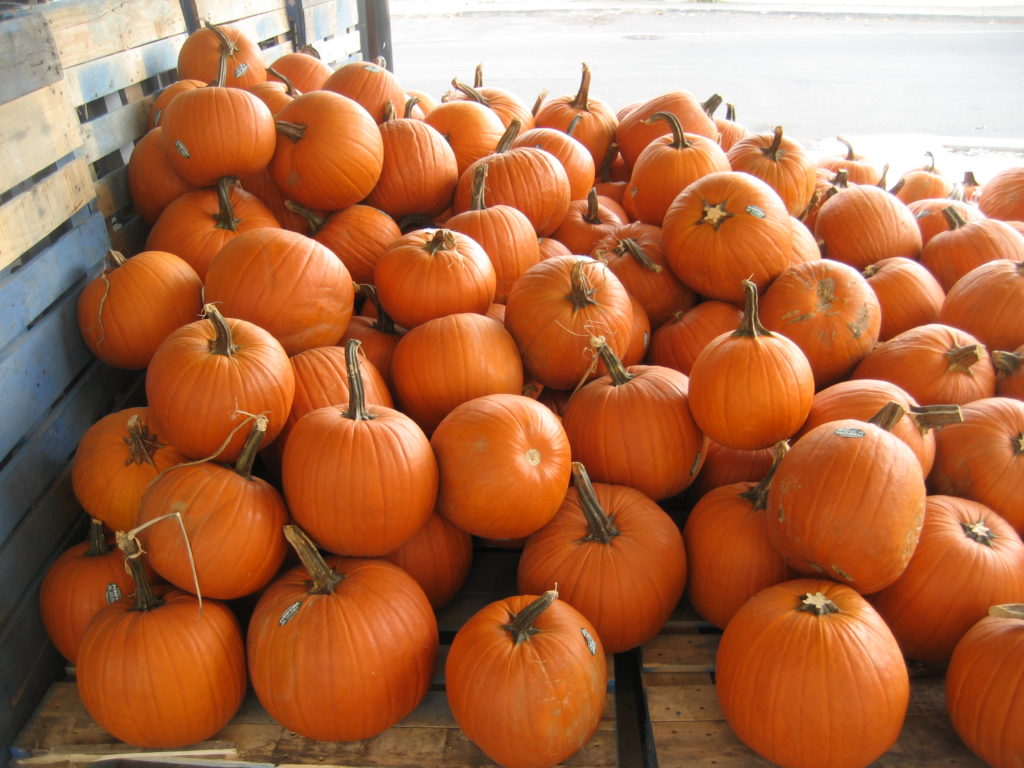





References to pumpkins date back many centuries. The name pumpkin originated from the Greek word for “large melon” which is “pepon.” “Pepon” was nasalized by the French into “pompon.” The English changed “pompon” to “Pumpion.” Shakespeare referred to the “pumpion” in his Merry Wives of Windsor. American colonists changed “pumpion” into “pumpkin.” This vegetable is referred to in The Legend of Sleepy Hollow, Peter, Peter, Eater and Cinderella.
Native Americans dried strips of pumpkin and wove them into mats. They also roasted long strips of it on the open fire and ate them. The origin of the pie occurred when the colonists sliced off the pumpkin top, removed the seeds, and filled the insides with milk, spices and honey.
In Ireland and Scotland, people began to make their own versions of Jack’s lanterns by carving scary faces into turnips or potatoes and placing them into windows or near doors to frighten away Stingy Jack and other wandering evil spirits. In England, large beets are used.
As of June 2019:
Pumpkins are grown in almost all states strewn across Australia. However, some of the major production areas include the Murrumbidgee region in New South Wales, Bundaberg and also the Darling Downs area in Queensland.